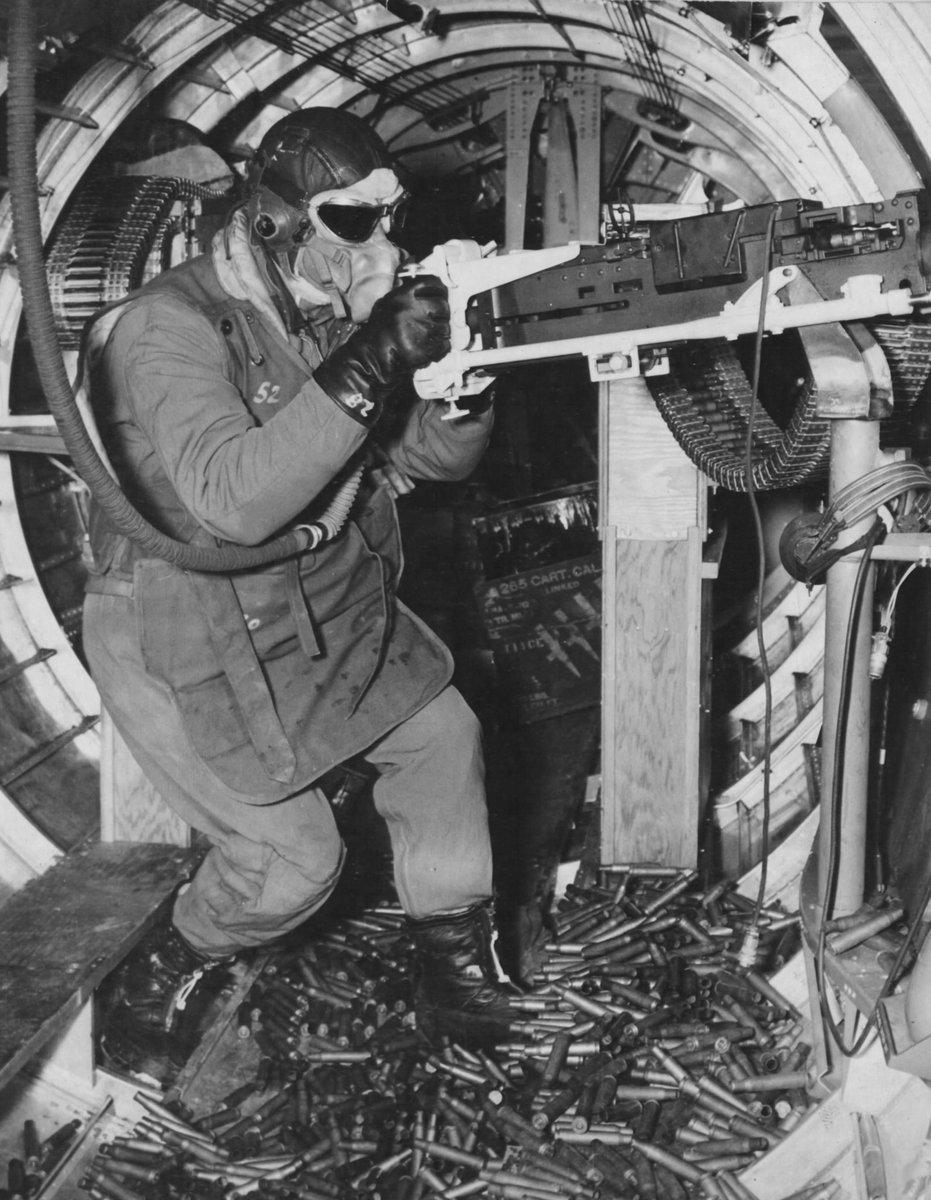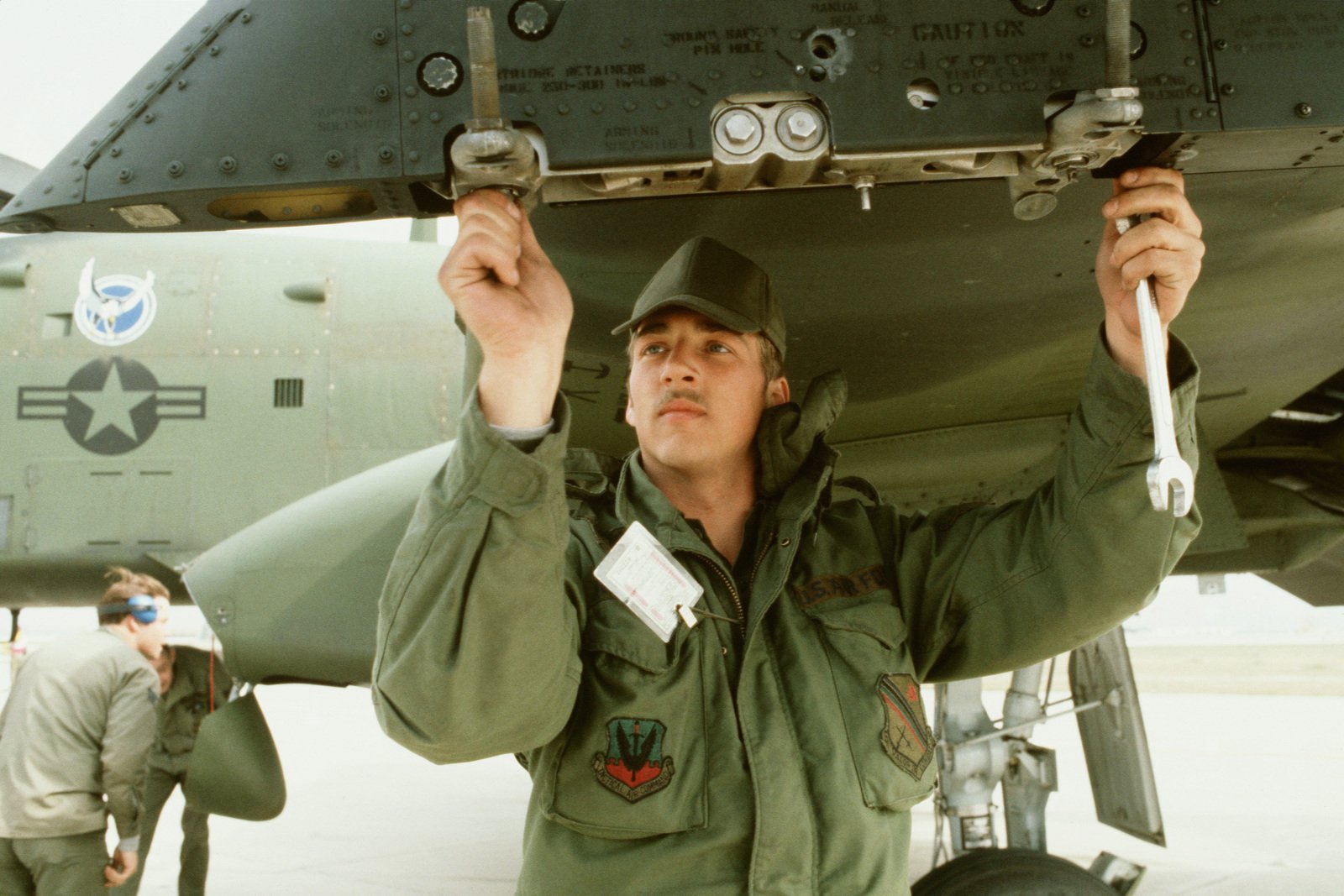

- #BOMBER CREW EQUIPMENT RACK FULL#
- #BOMBER CREW EQUIPMENT RACK CODE#
- #BOMBER CREW EQUIPMENT RACK WINDOWS#

We do not sell any of the items showcased on this site. Material presented throughout this website is for historical and entertainment value only and should not to be construed as usable for hardware restoration, maintenance, or general operation. All written content, illustrations, and photography are unique to this website (unless where indicated) and not for reuse/reproduction in any form. trademarks protected by all applicable domestic and international intellectual property laws. The "Military Factory" name and logo are registered ® U.S.
#BOMBER CREW EQUIPMENT RACK CODE#
Such was the value of the AT-11 in USAAF service that some ninety-percent of all of its bomber crews were trained on the platform.©Ģ023 Military Pay Chart Military Ranks DoD Dictionary Conversion Calculators Military Alphabet Code Military Map Symbols

This included evasive maneuvering, the dropping of 100lb sand-filled "ordnance" on dummy targets at altitude, and proper management of key systems including engines. In practice, bomber crews were able to pilot, navigate, bomb, and gun their way to certification. A tail gunner's training position was also added.īeyond the state production number associated with the USAAF commitment, an order for another twenty-four was originally placed by The Netherlands to support training but these were taken over by the American service - though eventually serving the Royal Netherlands Military Flying School stateside in the skies over Jackson, Mississippi. Initial production models featured a single-gunned (0.30 cal) Beechcraft dorsal turret for gunnery training with later models switching over to a twin-gunned (2 x 0.30 cal) Crocker Wheeler-branded emplacement instead. The primary - and definitive - production model was designated simply as "AT-11" and these were followed by the "AT-11A" which were some 36 AT-11 examples converted to navigational trainers. Range was out to 745 miles with a reported service ceiling of 20,000 feet.ĭimensions included a length of 34.1 feet, a span of 47.7 feet, and a height of 9.7 feet. Maximum speed was 215 miles-per-hour while cruising was generally at 150 mph. A wheeled tail-dragger undercarriage was featured with the trio of legs being retractable in the design.įor power, the aircraft relied on 2 x Pratt & Whitney R-985 air-cooled radial piston engines developing 450 horsepower each and driving two-bladed metal propellers in tractor configuration. The engines were in clear view for both pilots. The mainplanes were low-mounted along the fuselage sides and each carried a streamlined engine nacelle which protruded from the leading edge. The fuselage was slab-sided and tapered noticeably towards the rear to which a twin-finned rudder assembly was mounted along a shared horizontal plane.
#BOMBER CREW EQUIPMENT RACK FULL#
At the front bombardier's position was installed the famous Norden Bombsight - giving the bombardier full piloting control over the aircraft for the critical bombing run. The cockpit included control yokes for each pilot with a shared instrument panel interface (including throttle controls along a center console). It showcased a short, rounded nose assembly and, aft of this, were the pilots in side-by-side arrangement. The aircraft was a twin-engine design of conventional arrangement and typical performance for the period and role.
#BOMBER CREW EQUIPMENT RACK WINDOWS#
The aircraft introduced rectangular windows along the cabin sides, a glazed-over nose (for the bombardier trainee), an internal bomb bay complete with powered doors, bomb racks, and up to 3 x 0.30 caliber air-cooled machine guns (for gunnery trainees) on trainable mountings. The aircraft excelled in its role to the point that some 1,582 units were produced for the USAAF before and during the war. Born from the pre-World War 2 Beech AT-7 navigational trainer of the United States Army Air Forces (USAAF) - itself based in the commercial grade Beech Model 18 twin - the AT-11 "Kansan" became the services primary bomber and aerial gunnery trainer in the pre-World War 2 period.


 0 kommentar(er)
0 kommentar(er)
